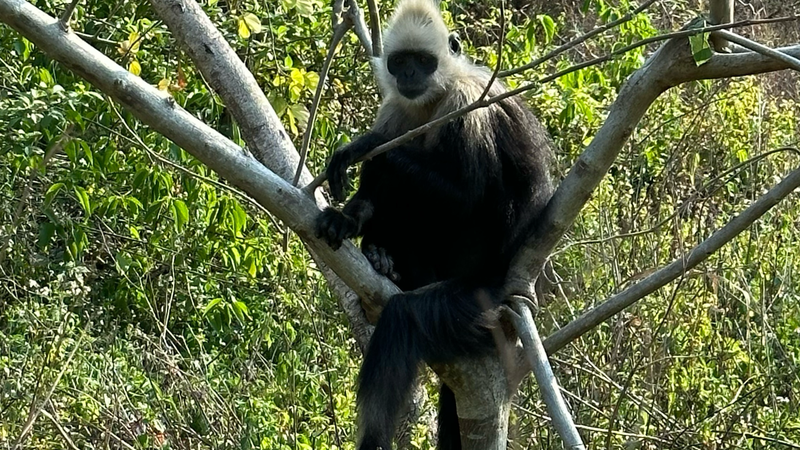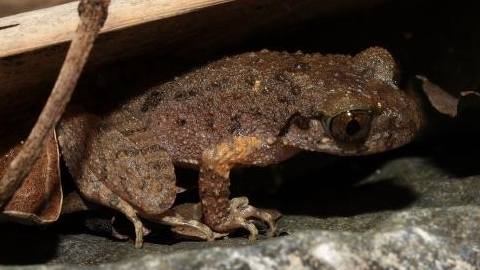Scientists at the Guangxi Chongzuo White-Headed Langur National Nature Reserve are taking a surprising route to conservation – by studying langur droppings! It might sound quirky, but these clues hidden on limestone cliffs in southern China are key to understanding how this rare primate thrives. 🕵️♂️💩
By sequencing genes in the langurs' feces, researchers are mapping their gut microbiota and measuring cortisol levels to check for chronic stress. As Zhou Chunfang from the College of Life Sciences at Guangxi Normal University notes, human activities could elevate stress, leading to skin damage and infections.
This detective work helps scientists fine-tune buffer zones and improve living conditions, a strategy that boosted the langur population from about 300 individuals in the 1980s to over 1,400 today.
In a real-life mystery where even poop tells a story, these innovative methods are unlocking the secrets to better protect an endangered species. Sometimes, the smallest clues hold the biggest keys to survival! 🌟
Reference(s):
White-headed langurs: Why their poop is key to their survival
cgtn.com



